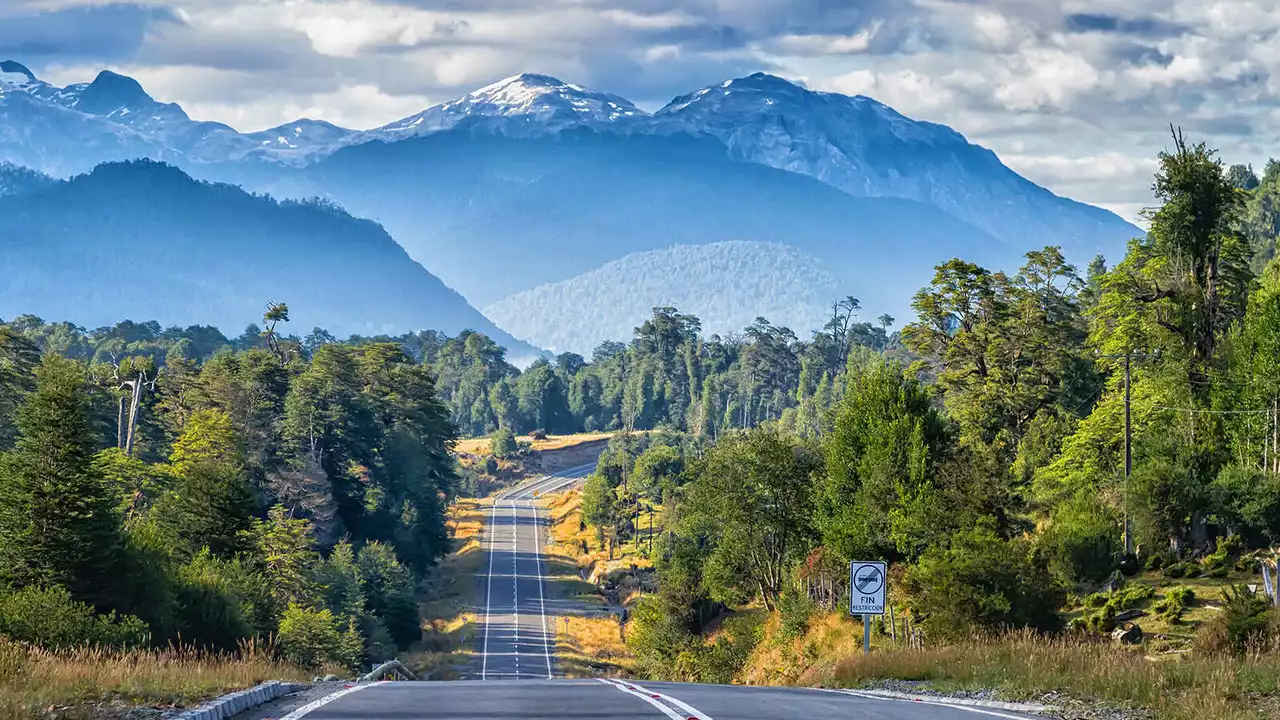Winter Driving Tips for Motorcyclists – Stay Safe on Cold Roads
Winter can turn a smooth ride into a slippery challenge fast. Whether you’re commuting or hitting a weekend track, a few simple steps can make the difference between a smooth cruise and a rough tumble.
Preparing Your Bike for the Cold
First thing’s first: give your bike a quick check‑up before you head out. Cold weather thickens oil, so swap to a winter‑grade engine oil if you ride often in sub‑zero temps. It flows easier and protects the engine when it’s icy outside.
Battery power drops about 20‑30% in the cold. If you haven’t replaced yours in a couple of years, grab a fresh one from Derbi MotoSport Parts. A strong battery beats the frustration of a dead start on a frosty morning.
Tires are the only contact point you have with the road, so make sure they’re up to the task. Check the tread depth – you want at least 3 mm of safe tread left. If you’ll be hitting snow or packed ice often, consider a winter‑specific tire with a softer compound. It stays pliable and grips better when everything’s frozen.
Don’t forget the chain. A dry, rusty chain can snap when temperatures make metal brittle. Clean it, lubricate with a winter‑friendly chain lube, and wipe off any excess. A well‑lubed chain slides smoothly even when the air is crisp.
Brakes get a little finicky in the cold too. Test both front and rear for any soft spots. If the pads feel glazed or the fluid looks cloudy, replace the pads or bleed the brakes with fresh fluid. New Derbi brake pads give you the bite you need on slick surfaces.
Riding Smart in Snow and Ice
When you’re on the road, keep your movements gentle. Sudden throttle bursts, hard braking, or sharp turns are the quickest ways to lose traction. Instead, apply throttle gradually, brake early, and steer with smooth inputs.
If you hit a patch of ice, stay relaxed and let the bike slide a little. Don’t fight the slide; just steer in the direction you want to go and ease off the brakes. It feels weird at first, but it’s the safest way to stay upright.
Visibility drops in winter, so upgrade your gear. A bright, reflective jacket, full‑face helmet with a clear visor, and thermal gloves will keep you warm and seen. Fogged helmets are a nightmare – a quick breath on the visor or a small anti‑fog spray helps keep your view clear.
Plan your route and give yourself extra time. Snow‑covered roads need longer stopping distances, so leave a safe gap between you and the bike ahead. If you see a steep hill, try to maintain a steady speed that won’t make you lose momentum halfway up.
Finally, store your bike right when you’re not riding. A dry garage or a bike cover prevents rust and keeps moisture away from electrical components. A battery tender can keep the battery topped up overnight, so you never face a dead start.
Winter riding isn’t a pain if you’re prepared. With a quick bike check, the right tires, fresh Derbi parts, and smooth riding habits, you’ll stay in control even when the temperature drops. Grab the gear you need, hit the road, and enjoy the crisp air without worrying about a slip‑up.
After doing some research, I've found that the best route to drive from Denver to Seattle during winter is to take I-25 N and I-90 W, which is the most straightforward and safe route. It's important to keep in mind that winter conditions can be unpredictable, so be sure to check weather forecasts and road conditions regularly. It's also a good idea to equip your vehicle with winter tires, carry an emergency kit, and plan plenty of time for rest stops. Don't rush the trip, safety should always be your priority. Lastly, enjoy the scenic beauty of this route, as it offers spectacular views of the Rocky Mountains and the Pacific Northwest.

 Motorsports and Racing
Motorsports and Racing